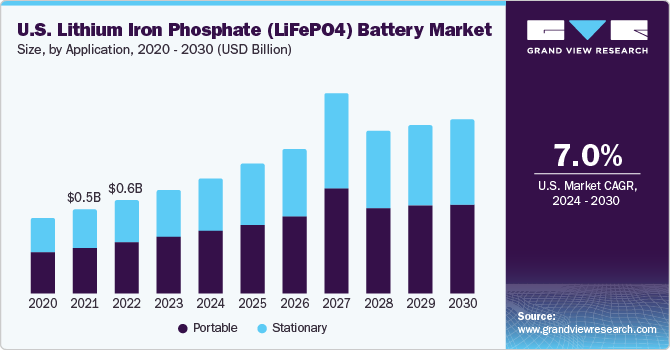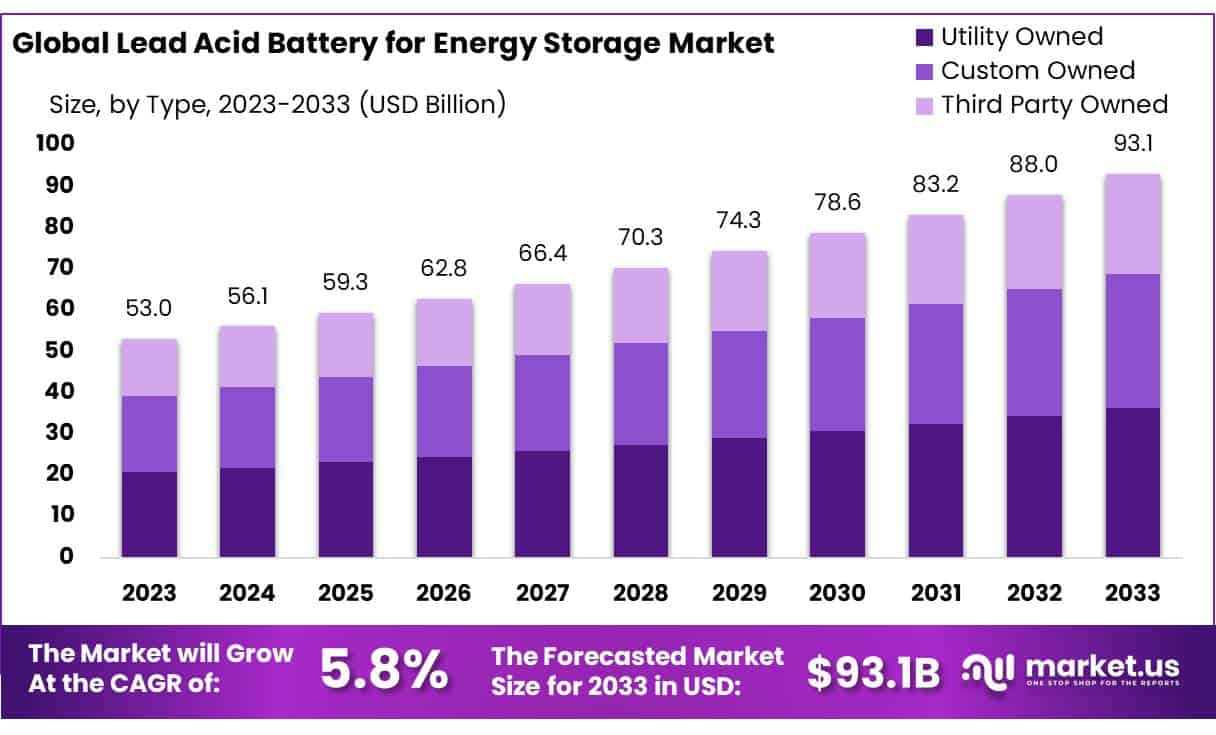Can home energy storage really help you save money?
Is residential energy storage a powerful tool for energy saving or a "tax on IQ"? This article uses real user cases from 5 different regions to comprehensively dismantle the payback logic and common pitfalls of energy storage from the perspectives of investment cost, peak-valley arbitrage, and electricity price policy.
With the reform of the electricity price mechanism, the implementation of "time-of-use electricity price" and the improvement of household energy awareness, more and more families are beginning to pay attention to and invest in residential energy storage systems (Residential Energy Storage System). But a realistic question is: Can installing an energy storage system save money? Is it worth it? Through 5 real cases from different regions and different electricity consumption structures, we help you calculate the accounts, avoid pitfalls, and make decisions from multiple perspectives such as investment cost, revenue cycle, and policy subsidies.
1. Brief analysis of the framework of home energy storage investment Home energy storage system (Household ESS) is usually composed of batteries, battery management system (BMS, Battery Management System), inverter (Inverter) and energy management system (EMS, Energy Management System). There are three main core logics for investing in household energy storage: peak-valley arbitrage: charging at low valleys and discharging at peaks to earn price differences; photovoltaic storage combination: cooperating with photovoltaic self-generation and self-use to reduce the amount of electricity purchased; emergency power backup: improving the safety of household electricity use and avoiding the impact of power outages. However, in order to achieve real benefits, three major variables must be clear: local electricity price structure (whether it is time-sharing), installation and maintenance costs, system life and energy efficiency
2. Comparison of 5 real cases: Who made money? Who stepped on the pit? RegionSystem ConfigurationAnnual Electricity ConsumptionInitial InvestmentYearly Electricity SavingsPayback PeriodSpecial RemarksShanghai Household A10kWh Energy Storage + 5kW PV8500 kWh¥58,000¥3,70015.7 years without subsidiesGuangdong Household B15kWh Energy Storage + 7kW PV12000 kWh¥75,000¥6,10012.3 years municipal subsidies¥5,000Shandong Household C Independent Energy Storage System 12kWh7500 kWh¥46,000¥2,20020.9 years without PV installedZhejiang Household D10kWh Energy Storage + 5kW PV9000 kWh¥56,000¥4,80011.7 years PV subsidies0.15 yuan/kWhGermany Household E (Comparison)13.5kWh Tesla Powerwall6800 kWh€8,900 (about ¥70,000)¥5,70012.3 years FIT subsidies & High electricity prices
III. Detailed explanation of household energy storage income composition ▍1. Peak-valley arbitrage (Time-of-Use Arbitrage) Taking Guangdong as an example: the peak electricity price is ¥1.25/kWh, the valley electricity price is ¥0.3/kWh, and the theoretical arbitrage space is nearly ¥0.95/kWh; a 10kWh system is charged and discharged once a day, and the annual discharge is about 3500kWh, and the theoretical income can reach **¥3325 yuan/year**; in fact, due to conversion efficiency (about 85-90%) and scheduling logic, it is discounted by 10-15%. ▍2. Self-consumption with PV (Self-consumption with PV) Typical households have low daytime electricity consumption → excess photovoltaic electricity cannot be used up immediately; after the energy storage system is equipped, electricity is stored during the day → electricity is used at night, which significantly improves the utilization rate of photovoltaics; it is suitable for areas in the south with high annual average sunshine hours and high electricity consumption in summer. ▍3. Policy Subsidy (Subsidy Support) Different regions have introduced differentiated policies: for example, Jiangsu will subsidize ¥800/kWh for household energy storage in 2024, and Shanghai will return it in the form of electricity price reduction; some regions have no subsidies or the subsidy process is cumbersome, resulting in "uneconomical calculation".
4. Summary of common "wrong calculation" misunderstandings Misunderstandings Actual problems Suggestions 1. Only look at the battery capacity, not the cycle life Some brands are nominally 10kWh, but 3000 cycles, annual discharge 3500kWh, can only be used for 8 years Focus on "actual available power × cycle life" 2. Ignore power attenuation The battery attenuates by about 2% each year, and the capacity may be less than 80% after 10 years Set reasonable attenuation depreciation and estimate the replacement time in advance 3. Operation and maintenance and replacement costs are not calculated Controllers/fans and other hardware are easily damaged in about 5 years Add to the annual operation and maintenance budget (500-800 yuan/year) 4. Over-reliance on subsidies Subsidies vary greatly and arrive slowly It is recommended to regard subsidies as a revenue-enhancing item rather than a payback dependency
5. Is household energy storage worth installing? Check the local electricity price with a three-step judgment method: Does it support time-of-use electricity prices? There is arbitrage space only when the peak-to-valley difference is ≥0.6 yuan; measure the household load curve: users with high night load and strong daytime light are more suitable; calculate the real payback period: use "total investment ÷ annual electricity savings" to calculate the real ROI, which is safer without subsidies.
Conclusion: Home energy storage is not a panacea, but under the right electricity price mechanism and the right load mode, it is a stable long-term asset allocation. If you are considering whether to invest in energy storage, you might as well start from the above cases and tailor an energy plan that suits you - don't blindly follow the trend, and don't miss the opportunity to "save money in the long run."
 LiFePO4 vs. Sodium-Ion Batteries for Energy Storage: Pros, Cons, and Future Trends
LiFePO4 vs. Sodium-Ion Batteries for Energy Storage: Pros, Cons, and Future Trends
 2025 Global Home Energy Storage Battery Market: Which Voltage is Best - 12V, 24V, or 48V?
2025 Global Home Energy Storage Battery Market: Which Voltage is Best - 12V, 24V, or 48V?



